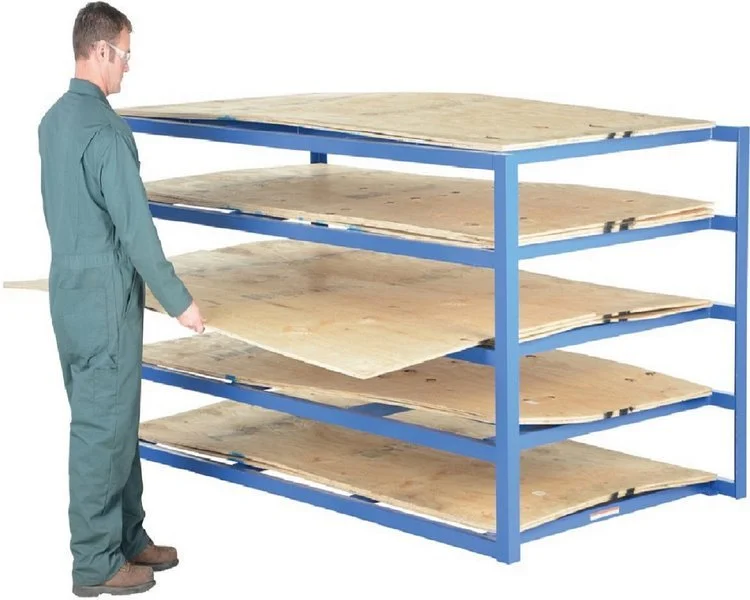Introduction
Warehouses are bustling hubs of activity where goods are stored, sorted, and distributed. However, amidst the fast-paced environment, there's an often-overlooked danger: improper posture. Poor body mechanics and incorrect posture while performing tasks can lead to a variety of warehouse injuries. In this blog, we'll delve into the detrimental effects of improper posture on warehouse workers' health and safety and explore strategies to mitigate these risks.
Understanding the Impact of Improper Posture
Maintaining proper posture is crucial to prevent musculoskeletal disorders and injuries, especially in jobs that involve repetitive motions, lifting, and prolonged standing. Warehouse workers are particularly susceptible due to the physical demands of their tasks. Common issues stemming from improper posture include:
Strains and Sprains: Slouching, bending at the waist, or twisting while lifting heavy objects can strain muscles and ligaments, leading to painful sprains and strains.
Back Pain: Poor posture, especially during tasks like lifting, can put excessive stress on the back muscles and spine, causing chronic pain and discomfort.
Repetitive Strain Injuries (RSIs): Engaging in repetitive motions with incorrect posture can result in RSIs, like carpal tunnel syndrome or tendonitis.
Fatigue: Improper posture can lead to muscle fatigue, reducing energy levels and overall productivity.
Reduced Mobility: Prolonged poor posture can lead to reduced flexibility and mobility, limiting a worker's ability to perform tasks effectively.
The Role of Proper Posture in Injury Prevention
Lifting Techniques: Proper lifting techniques are essential to prevent injuries. Workers should lift with their legs, keeping the back straight, and avoiding twisting motions.
Body Alignment: Maintaining neutral spine alignment while standing or sitting can alleviate stress on the spine and muscles.
Ergonomic Equipment: Providing ergonomic equipment, such as adjustable workstations, anti-fatigue mats, and proper footwear, can encourage correct posture and reduce strain.
Stretching and Breaks: Encourage workers to take regular breaks and perform simple stretching exercises to relieve tension and promote blood circulation.
Training: Provide training sessions to educate workers about the importance of proper posture and body mechanics, emphasizing techniques for different tasks.
Workstation Arrangement: Arrange workstations and storage areas to minimize the need for awkward reaching or bending, promoting natural body movements.
Benefits of Proper Posture in the Warehouse
Injury Prevention: The primary benefit of maintaining proper posture is injury prevention. By avoiding strain and stress on the body, workers are less likely to suffer from musculoskeletal disorders.
Enhanced Productivity: Workers who are physically comfortable are more focused and productive, completing tasks efficiently and accurately.
Reduced Absenteeism: Improved posture reduces the risk of injuries, leading to fewer absences due to pain or discomfort.
Positive Work Culture: Prioritizing proper posture demonstrates a company's commitment to employee well-being, fostering a culture of safety and respect.
Long-Term Health: Promoting proper posture not only prevents immediate injuries but also contributes to the long-term health and well-being of workers.
Conclusion
In the fast-paced world of warehouses, worker safety should never take a backseat. Proper posture is a cornerstone of injury prevention, and its significance cannot be understated. By educating workers, providing ergonomic equipment, and cultivating a culture that values health and safety, warehouse managers can create an environment where workers thrive physically and professionally. Remember, proper posture today leads to healthier, happier, and more productive workers tomorrow.































